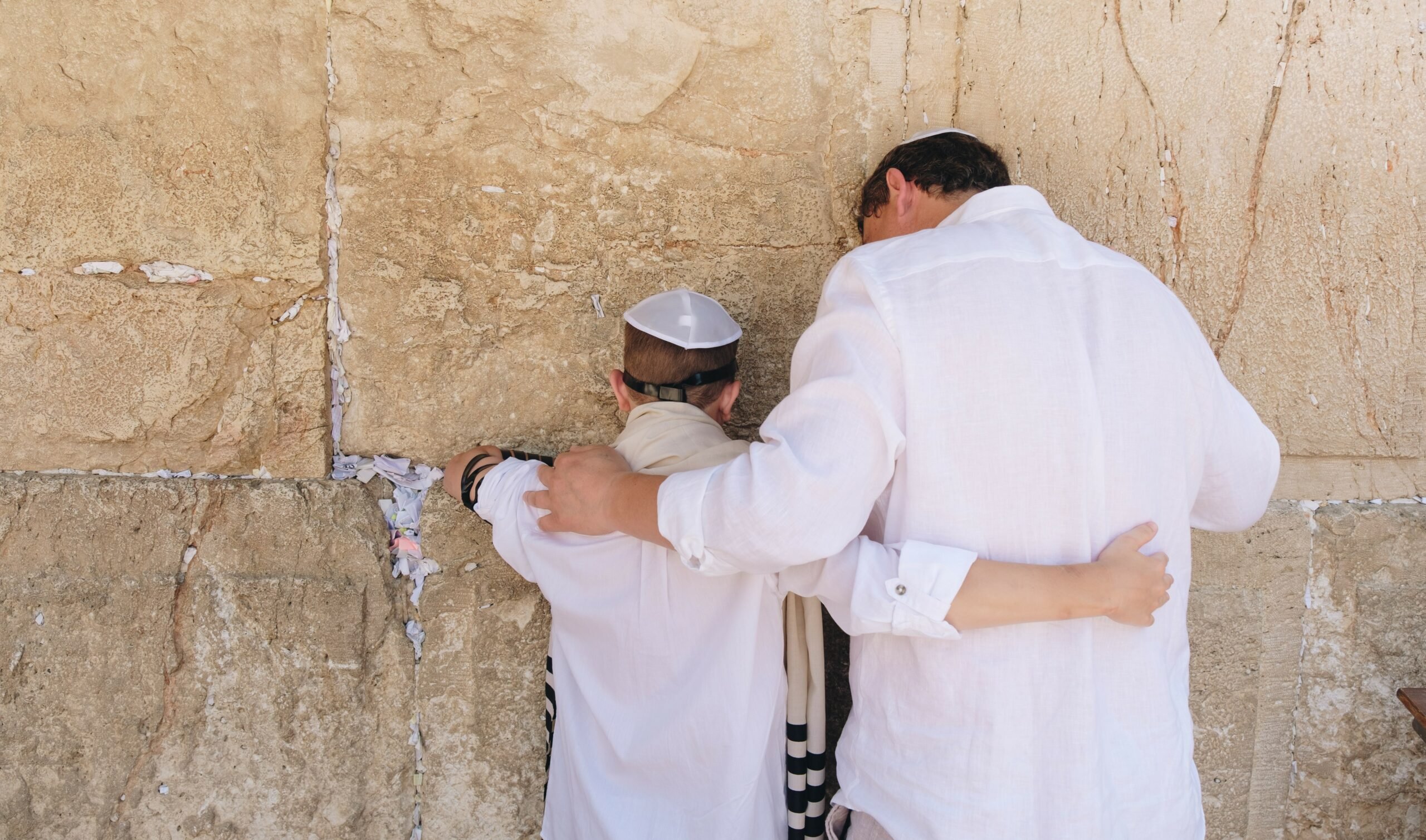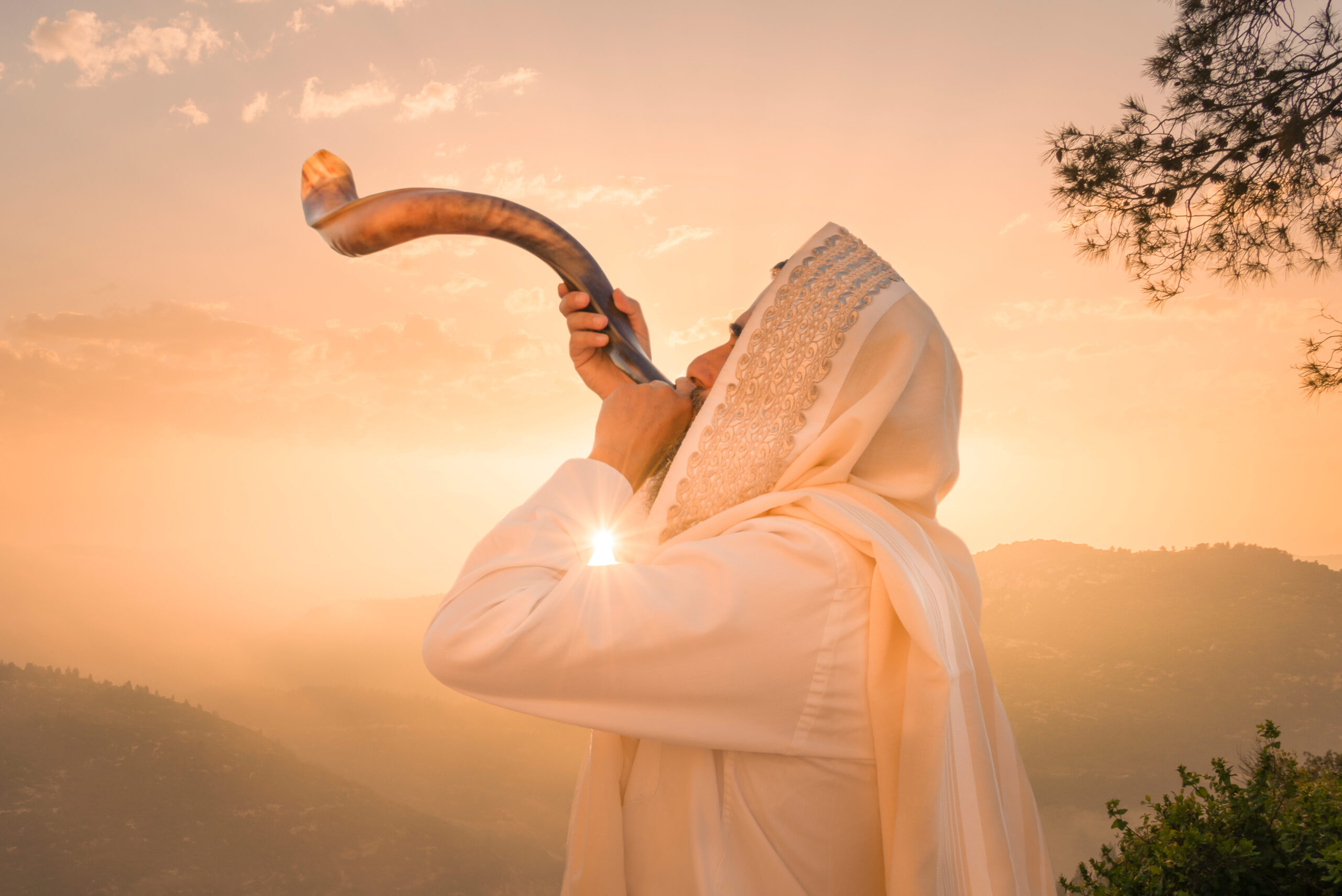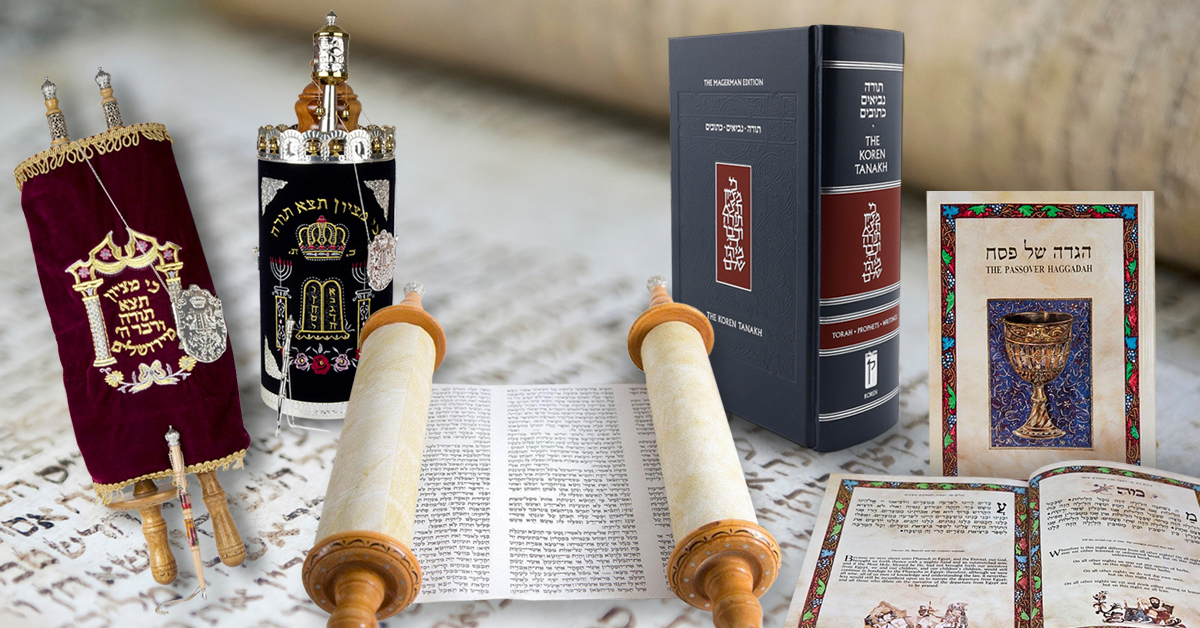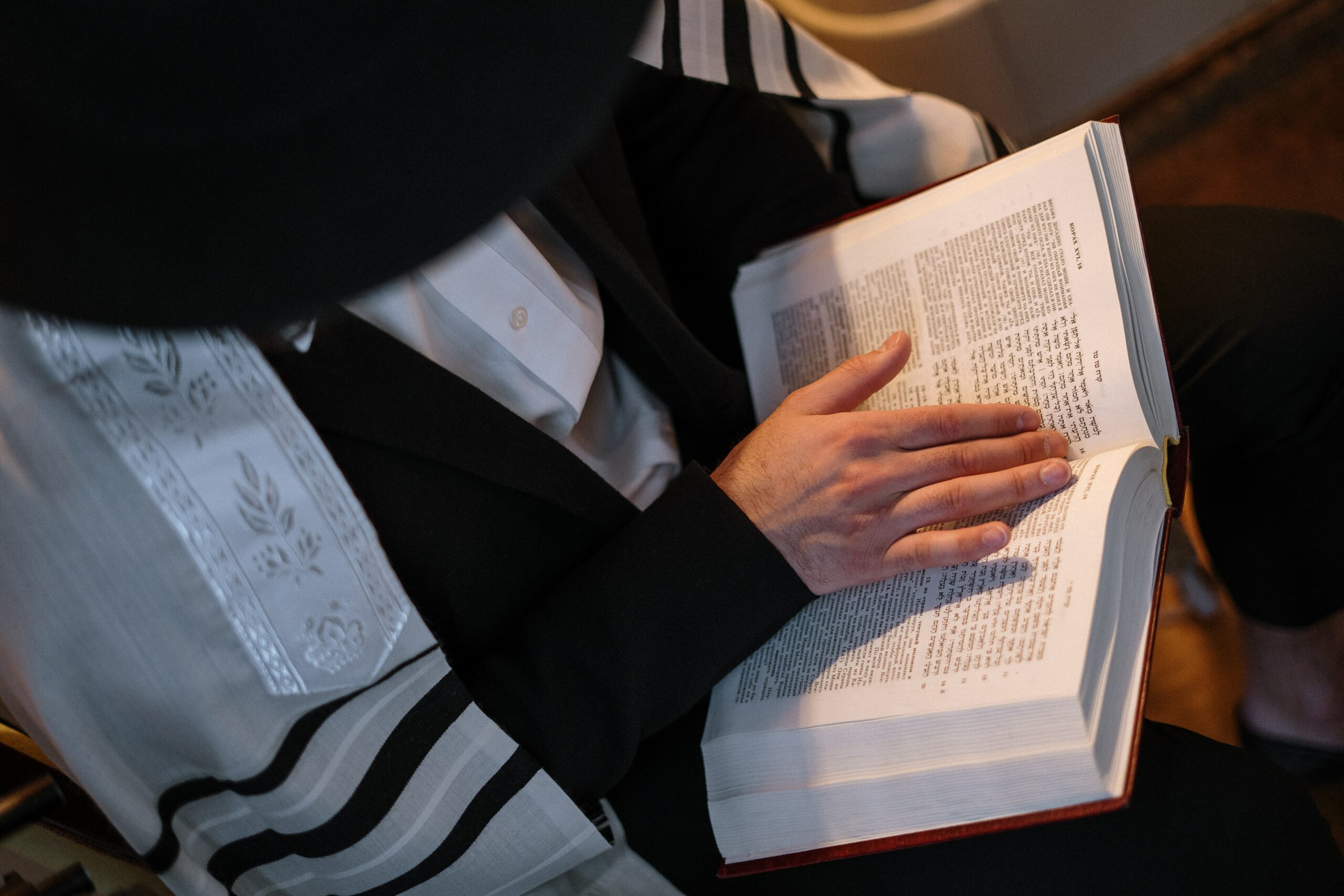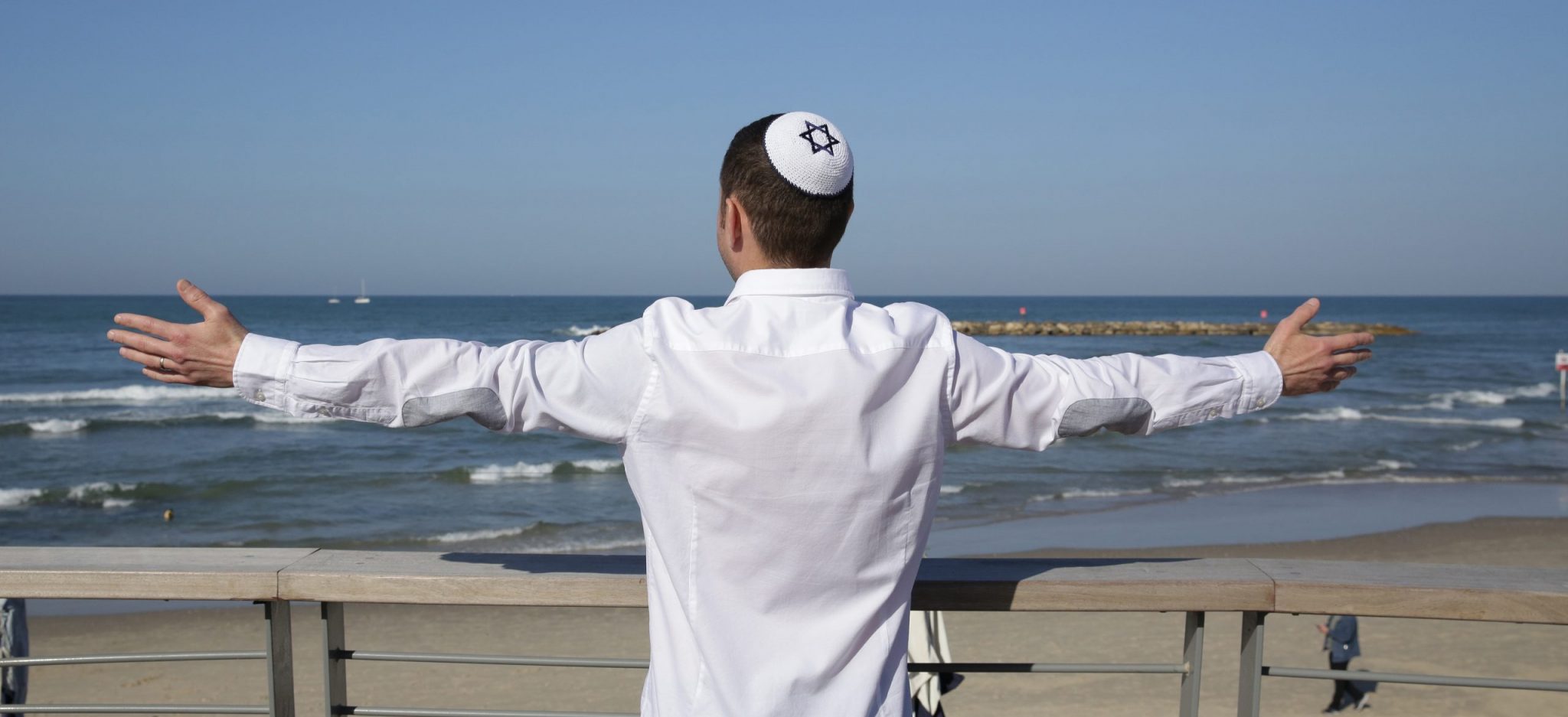Yom Kippur is a very powerful day in the Hebrew calendar. While most know it as the ‘Day of Atonement,’ Yom Kippur can also mean the ‘Day of Cleanse,’ for on this day, we are commanded to ‘afflict our souls’ and ‘do no work’ so that G-d might forgive us, cleanse us, and purify us of all our sins. To some, this idea of ‘afflicting our souls’ may sound strange or scary, but Yom Kippur’s ‘afflicting’ customs are both meaningful and, for most people, doable.
Although not the easiest or most enjoyable Jewish holiday, Yom Kippur is considered such a special and purifying time that even many non-religious Jews find themselves observing it! In fact, for a significant number of secular Jews, Yom Kippur is the only day of the year on which they will fast, visit a synagogue, or recite any prayers, demonstrating just how important this major holiday is.

When is Yom Kippur?
Each year, Yom Kippur is celebrated on the 10th day of the Hebrew month of Tishrei, exactly ten days after Rosh Hashanah, which is observed on the 1st and 2nd days of Tishrei. This year, the 10th of Tishrei falls out in the beginning of October, so Yom Kippur 2025 will begin at sunset on the evening of Wednesday, October 1st, 2025, and will end at nightfall the following day, the 2nd of October.
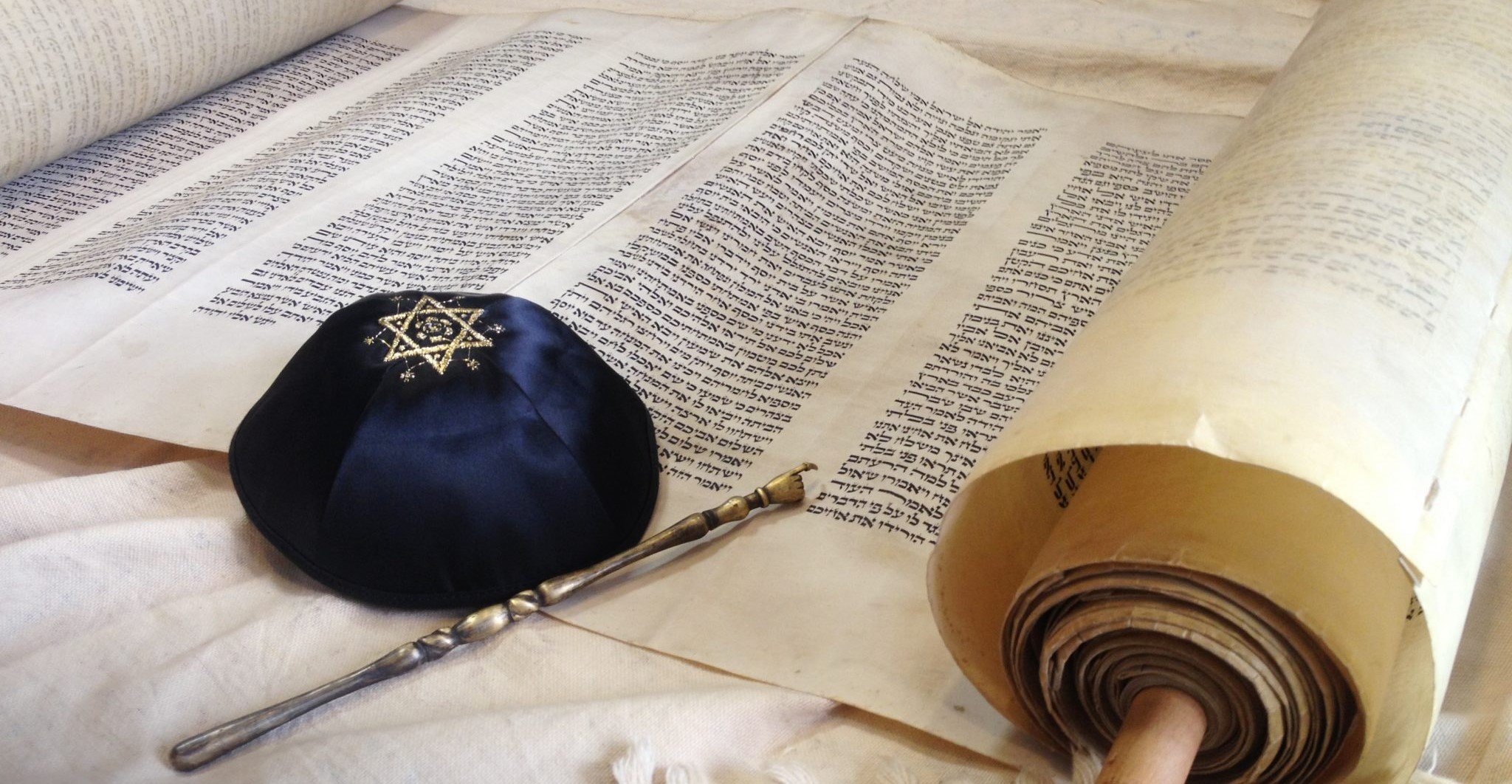
So what are the actual customs of Yom Kippur?
As previously mentioned, during Yom Kippur, we are obligated to rest from work and ‘afflict our souls.’ We traditionally do this is by abstaining from the following physical comforts:

Each of these ‘afflicting’ restrictions serves a purpose, mostly to illustrate how deeply remorseful we are for past misdeeds. There is also an idea that we should seek to deprive ourselves of physical comforts because we want to imitate G-d’s angels, who are pure and flawless beings without physical needs.
This metaphorical aspiration is taken so seriously, that many people also observe additional figurative practices including wearing all-white clothing, such as a kittel, to symbolize purity and reinforce the idea that we are trying to be like angels.
Another customary practice is refraining from wearing gold jewelry, so as not to remind G-d of the Sin of the Golden Calf. While only a symbolic custom, seeing as the 10th of Tishrei was the day when G-d finally forgave Israel for the sin of the Calf, most find it a sensible idea to avoid as many allegorical reminders to the nation’s prior sinful events as possible!
